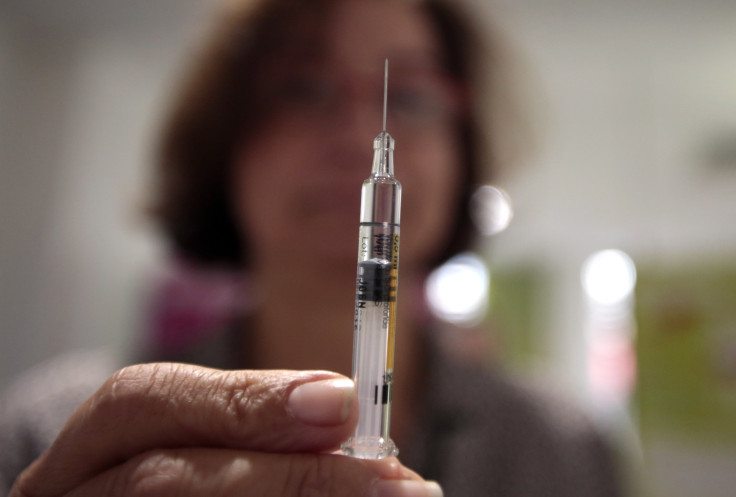The University of Oxford has led the world's first clinical trial to evaluate the use of different Covid-19 vaccine doses in order to look for potential flexibility in its supply and transportation.
According to the academic institution's research that was published early in February, the study will be conducted primarily for them to be able to find data on how to increase the span of protection against new virus strains.
During the preliminary study, they compared two alternating doses of Pfizer's BioNtech and their own AstraZeneca at a four-week interval. The results suggested that two "mixed" vaccine shots, regardless of what came first, were discovered to have induced more frequent reactions after the second dose than the standard "non-mixed" vaccine shots.
Matthew Snape, Associate Professor in Paediatrics and Vaccinology at the University of Oxford, and Chief Investigator on the trial stressed the importance of the initial findings even if it was just just a fraction of what they are trying to come up with. "It is important that we inform people about these data, especially as these mixed-doses schedules are being considered in several countries," Dr. Snape said.
The chief investigator added that the preliminary result suggests that mixed dosing schedules "could result in an increase in work absences" of the post immunity and claimed that it is "important to consider when planning immunization of health care workers."
Huffington Post reported that the trial had recruited 830 volunteers aged 50 years old and above from various parts of the United Kingdom.
Two side effects were classified from getting the mixed dose. One of them was mild that did not have much impact on the participants while the other one was moderate that had "some impact" on their daily activities.
These "frequent" side effects include chills, fatigue, fever, headache and joint pain. However, researchers noted that these adverse reactions were “short-lived” and there were no other safety concerns.
Meanwhile, the researchers had suggested a higher possibility of these side effects in the younger age groups because present data concluded that side effects induced from the vaccines are more likely to affect people between 16 to 55 years of age.
Succeding trials on mixing doses using other vaccines such as Moderna and Novavax were also expected.

© 2025 Latin Times. All rights reserved. Do not reproduce without permission.



